Dating back to the pre-Christian era, the Gomareti Steles are among the most significant artifacts of Georgian culture. These stone stelae and crosses, discovered in the vicinity of Gomareti, hold immense value not only for the study of Georgian art history but also for understanding the early history of the Georgian Church. The steles serve as a vital source of historical knowledge, adorned with contemporary ornaments and bearing lapidary inscriptions that classify them as epigraphic monuments. The region of Kvemo Kartli, with Gomareti at its heart, is recognized as a principal center for the study of these ancient artifacts.
Stelae
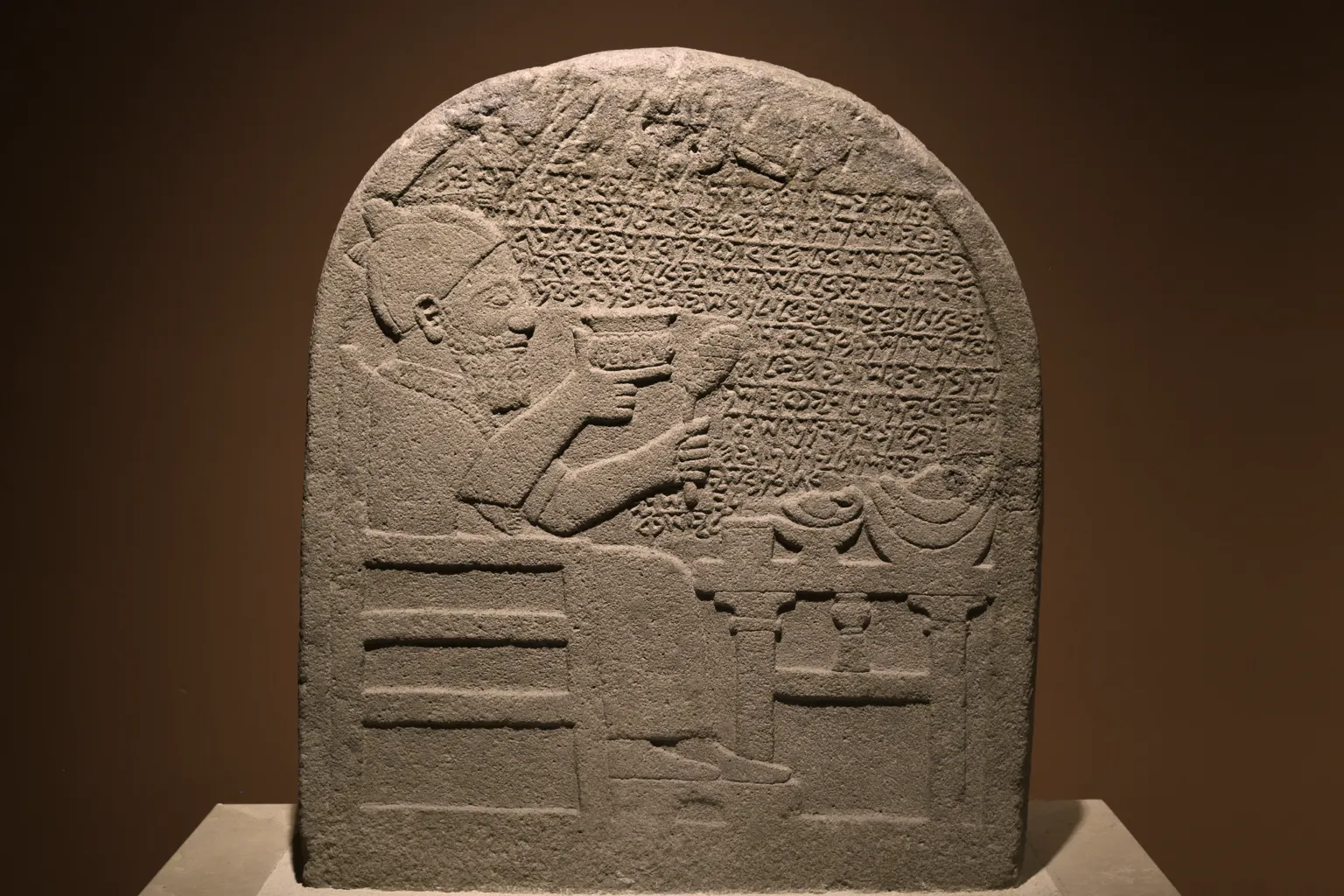
Stelae are stone slabs or pillars, often carved with inscriptions or reliefs. They were used to mark graves, commemorate events, or display laws. Many ancient cultures, from the Egyptians to the Mayans, used stelae to record important information.
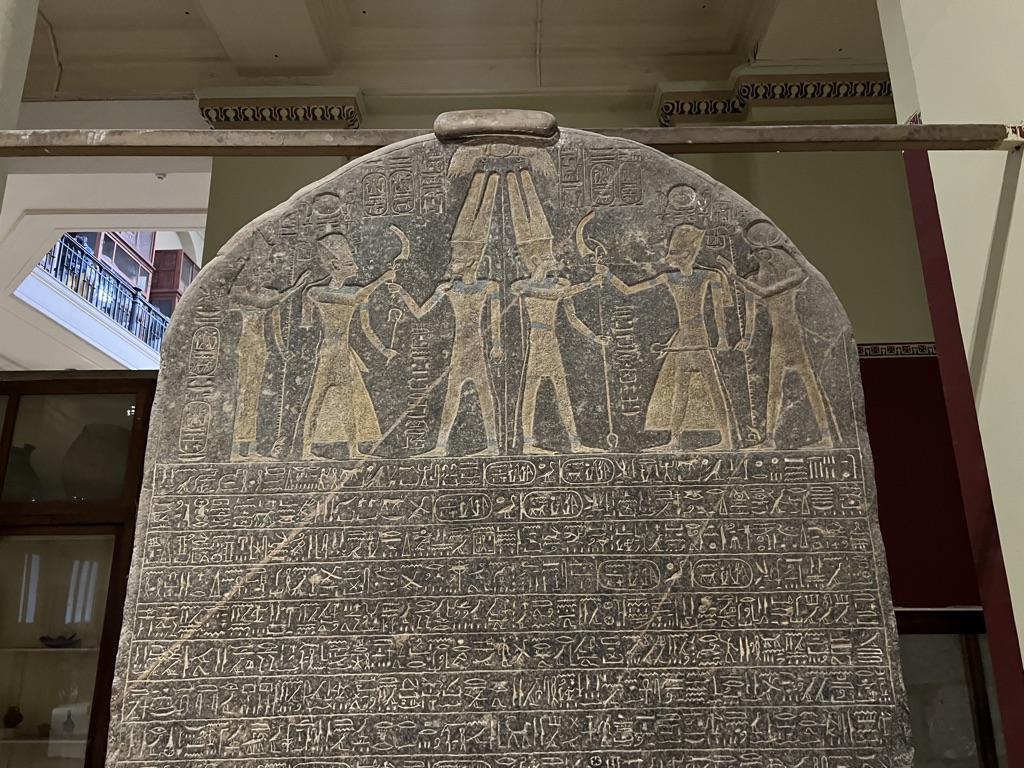
The Merneptah Stele
The Merneptah Stele, also known as the Israel Stele or the Victory Stele of Merneptah, is an ancient Egyptian artifact of significant historical importance. It is a granite slab inscribed with hieroglyphs that commemorate the military victories of Pharaoh Merneptah, who ruled Egypt from 1213 to 1203 BC. The stele is particularly notable for containing the earliest known mention of Israel in a non-biblical source. This mention has made the stele a valuable artifact in the study of ancient Near Eastern history, especially the history of ancient Israel and its neighboring cultures.
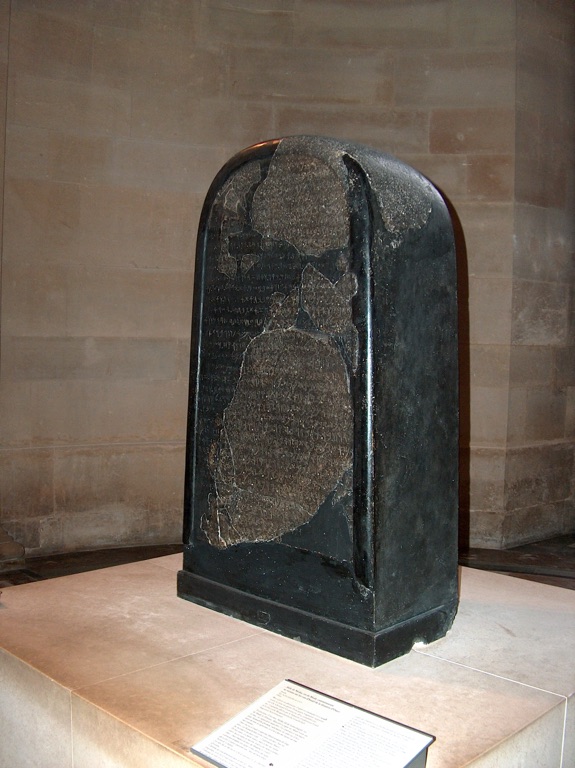
The Mesha Stele (Moabite Stone)
The Mesha Stele, also known as the Moabite Stone, is a significant archaeological find from the ancient Near East. Discovered in 1868, it is an inscribed stone erected by King Mesha of Moab in the 9th century BCE. The stele boasts of Mesha’s victories over the Israelites and his building projects. It is particularly famous for its mention of the “House of David,” providing one of the few extrabiblical references to the Davidic dynasty. The artifact is a crucial source for the study of the Moabite language and the history of the region.
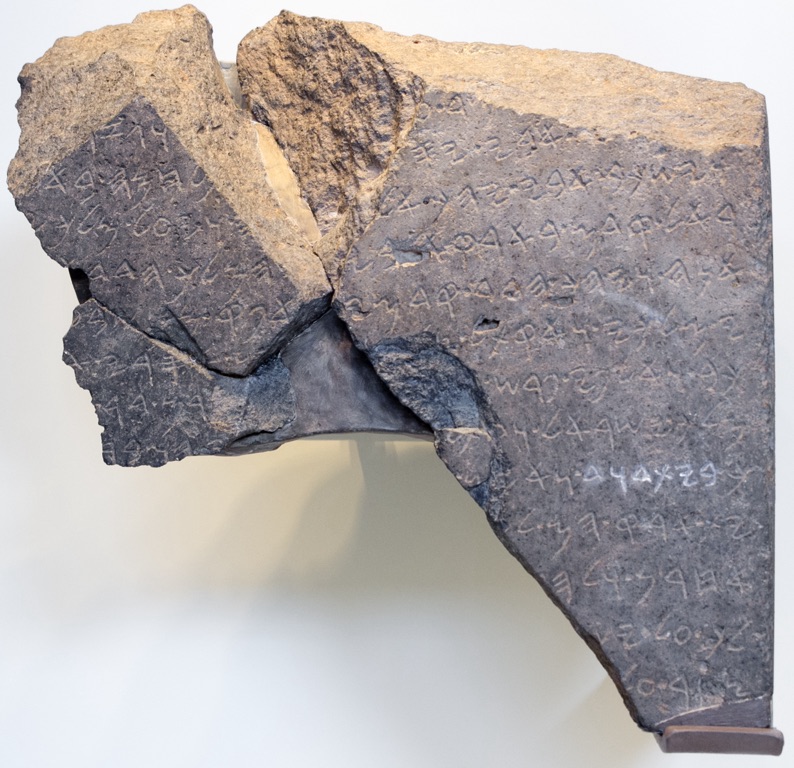
The Tel Dan Stele
The Tel Dan Stele is an ancient basalt stele unearthed in northern Israel’s Tel Dan by archaeologist Avraham Biran. Discovered in 1993 during an excavation, the stele’s inscription is a significant historical find. It dates back to the 9th century BCE and is believed to have been commissioned by a king of Aram-Damascus. The inscription mentions the ‘House of David,’ which is the first historical evidence of King David outside the Bible. This discovery has stirred considerable debate and interest among historians and archaeologists, as it provides material evidence of the biblical narrative.
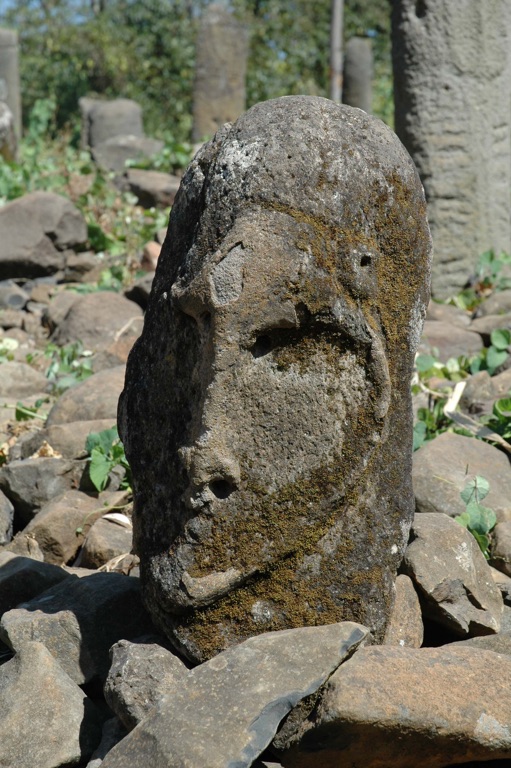
Tutu Fela Phallic Stele
Delving into the heart of ancient mysteries, the Tutu Fela Phallic Stele stands as a testament to a bygone era. This monolithic stone marker, carved with great skill and clarity, captures the cultural essence of its creators. The phallic structure is more than just an art form. It symbolizes fertility, power, and continuity in a civilization deeply connected to the natural world.

Victory Stele of Naram-Sin
Located in the Louvre Museum in Paris, the Victory Stele of Naram-Sin is a fascinating artifact that dates back to the Akkadian period of Mesopotamia. This magnificent limestone monument, standing over 6 feet tall, is a testament to the grandeur of ancient civilizations and their artistic prowess. It is a captivating piece of history that offers a glimpse into the life and reign of Naram-Sin, a powerful Akkadian ruler.

